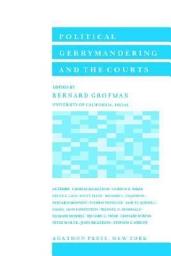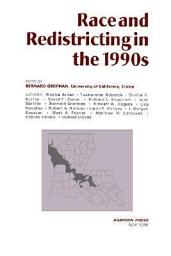Agathon series on representation
About this ebook series
The
comparative study of electoral systems is undergoing a lively revival. In the
past five years, over a dozen books on electoral systems have been written by
scholars from many nations and from many disciplines (see reviews of a number
of these in Lijphart, Political geography, long moribund, is undergoing a
remarkable renaissance (see reviews in Grofman, Taylor, Gudgin, and Johnston,
this volume). Social choice theorists have begun to link axiomatic criteria for
representative systems to practical political issues in choosing an election
system (see especially Brams and Fishburn, Fishburn, this volume). In the
United States, sparked in large part by the efforts of the section on
Representation and Electoral Systems of the American Political Science
Association, the history of American electoral experimentation with
proportional representation, weighted voting, and limited voting is being
rediscovered (see Grofman Weaver, this volume).
This
renewed scholarly attention to the study of electoral systems is long overdue.
The late Stein Rokkan wrote as recently as 1968, "Given the crucial
importance of the organization of legitimate elections in the development of
the mass democracies of the twentieth century, it is indeed astounding to
discover how little serious effort has been invested in the comparative study
of the wealth of information available” (Rokkan, 1968, 17). The long past
neglect of electoral systems by social scientists is especially surprising
since election rules not only have important effects on other elements of the
political system, especially the party system, but also offer a practical
instrument for political engineers who want to make changes in the political
system. Indeed, Sartori aptly characterizes electoral systems as ”the most
specific manipulative instrument of politics” 273)
“A useful
volume on the impact of electoral laws...includes a very good bibliography and
index...establishes a broader international and interdisciplinary perspective
on the methods of representation.”--‘American Political Science Review’





